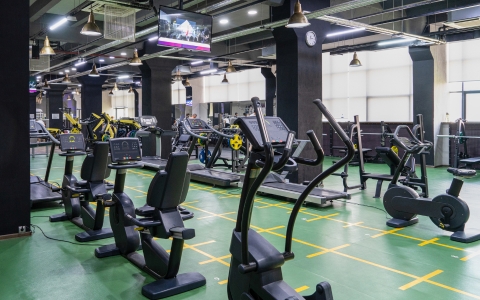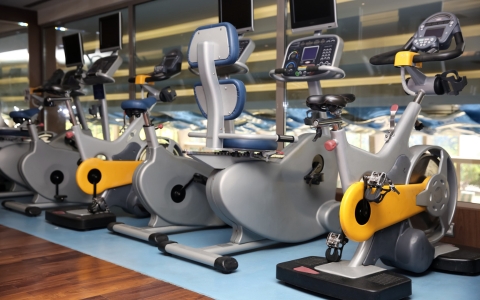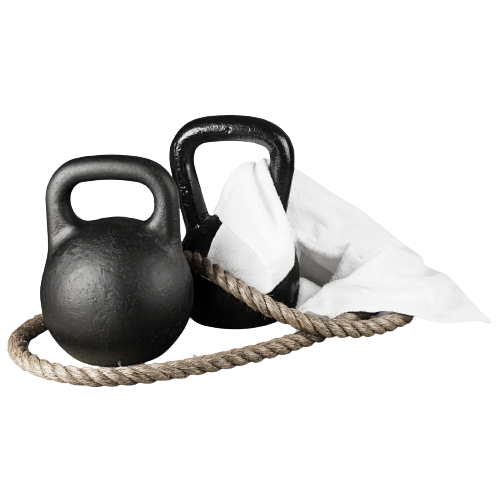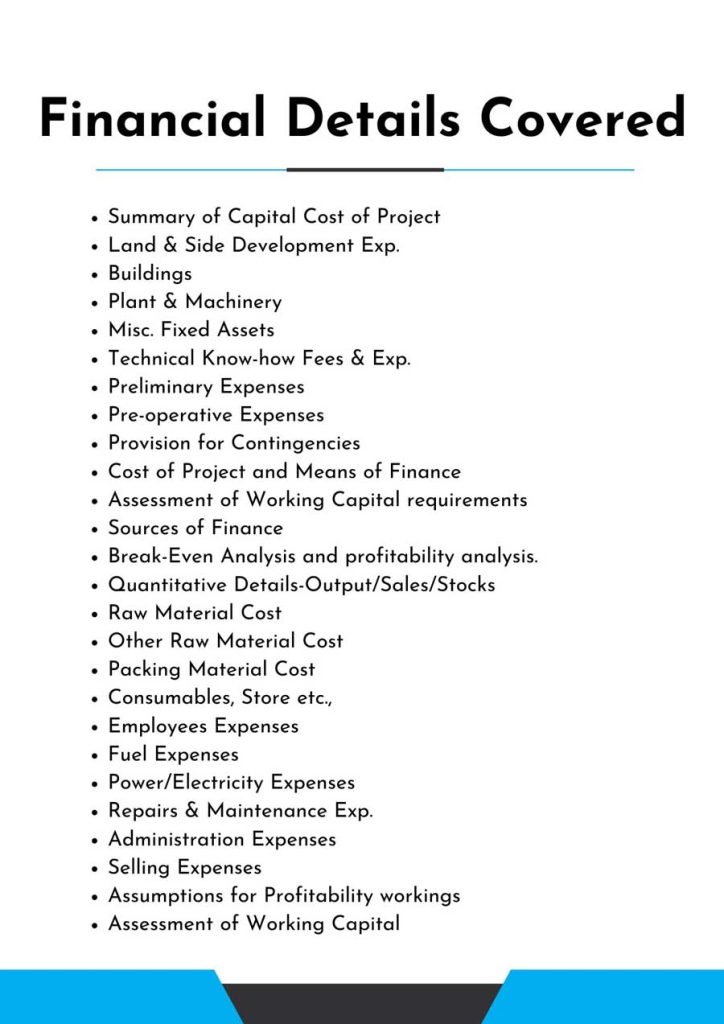Feasibility Report On Gym Machine Manufacturing
Gym machine manufacturing involves designing, producing, and assembling exercise equipment used in fitness centers and home gyms. These machines are engineered to facilitate various workouts, providing users with resistance or assistance to enhance strength training and overall physical fitness.
Introduction
Feasibility Report For Gym Machine Manufacturing.
Gym machine manufacture entails the design, development, and production of exercise equipment used in fitness centers, gyms, and home fitness facilities. These equipment are intended to give resistance and support during workouts, allowing users to gain strength, endurance, and overall fitness levels. The production process is complex, requiring attention to detail, safety regulations, and high-quality materials to make long-lasting and efficient gym machines. The design process is the first step in gym machine production. Engineers and designers work together to create new machinery or improve current ones. Functionality, ergonomics, safety, and user experience are all taken into mind.
Advanced computer-aided design (CAD) software is used to build detailed 3D models and prototypes for testing and validation. After the design has been finalized, the manufacturing process begins with material procurement. Gym equipment frames are generally made of high-quality steel, aluminum, and other metals, which provide the essential strength and durability.
To assure dependability, other components like as cables, pulleys, and weight stacks are acquired from qualified sources. Metal components are cut and shaped using a variety of processes, including laser cutting, welding, and bending. These procedures ensure part precision and consistency. The components are then treated for corrosion resistance using techniques such as powder coating or electroplating.



The building of gym machines is a critical stage that necessitates expert staff. Workers meticulously follow assembly instructions to assemble the frames, weight stacks, cables, and other components. Locking mechanisms and adjustable settings are included to offer safe and flexible training. Following assembly, each gym machine is subjected to extensive testing and quality control tests. The machines are checked for structural integrity, load-bearing capacity, and smooth operation.
Any flaws or inconsistencies are corrected to suit industry standards and safety regulations. The gym machines are ready for shipment once all quality inspections have been completed.
Manufacturers may offer them directly to gyms and fitness facilities or through distributors and retailers. Installation and setup services are frequently provided to ensure appropriate location and performance. As technology progresses, gym machine manufacturers include innovations such as digital interfaces, smart features, and connection to improve the user experience and track fitness progress.
Continuous research and development efforts are undertaken to build new machines that suit to developing fitness trends and consumer desires, making gym equipment an important component of the fitness business.
Feasibility Report Sample On Gym Machine Manufacturing



Market Strategy of Gym Machine Manufacturing
The fitness machines market was worth $13.2 billion in 2020 and is predicted to grow to $15.4 billion by 2028, with a 0.3% CAGR from 2021 to 2028.
The fitness equipment market is classified by kind, end user, price point, and area. The fitness equipment market is classified into three types: cardiovascular training equipment, strength training equipment, and other equipment. The market is segmented by end user into fitness clubs/gyms, hospitality, residential health, corporate, public (Hospitals & Medical Centers and Public Institutions), and home consumers. The market is divided into premium/luxury and mass segments based on price point. Each of the end user and price point groups is further subdivided into cardiovascular training equipment, strength training equipment, and other equipment.
The exercise equipment sector is increasingly being driven by the increased desire for health and fitness. Key factors driving the growth of the fitness equipment market include rising urbanization, the prevalence of obesity and chronic diseases caused by unhealthy lifestyles, and expanding corporate wellness programs and demand from various industries.
Furthermore, rising awareness of the risks of rising obesity, a growing senior population, and rising desire for minimally invasive and non-invasive surgeries all contribute to the market’s overall expansion. High installation or setup costs of equipment or devices, on the other hand, are expected to impede market expansion during the projected period, as is increased demand for resale of cost-saving workout equipment.



